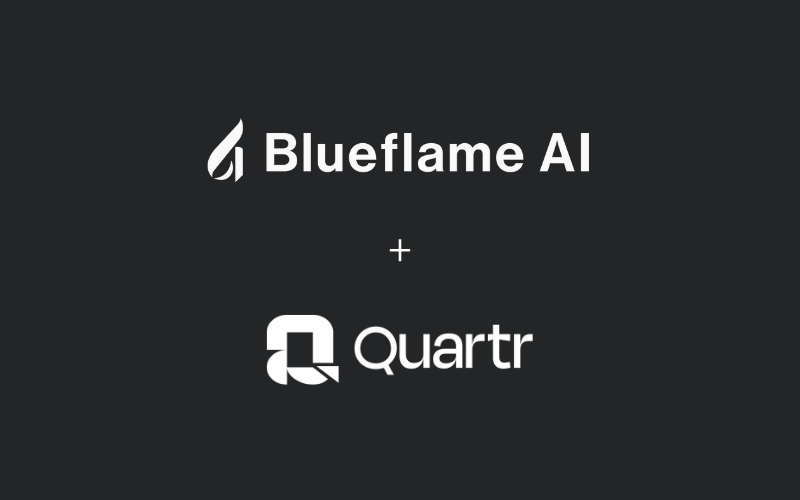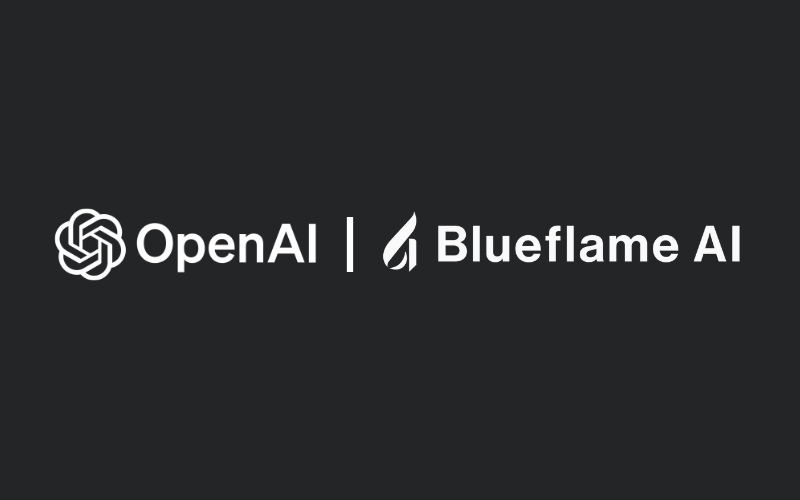Investment firms have been slower to adopt generative AI (Gen AI) compared to other financial sectors, with technical complexity often cited as a significant barrier. AI prompt engineering, which involves crafting clear instructions for AI systems, has historically required a deep understanding of how these systems work and the ability to craft precise, technical instructions. But this is changing.
Newer Gen AI solutions are making powerful AI technologies more accessible and easier to use for everyone, not just tech experts. Here's how prompt engineering is changing and what it means for investment firms.
The technical evolution of AI prompt engineering
Early prompt engineering required explicit instructions and specific formatting, creating a steep learning curve for non-technical users. Today's advancements have dramatically simplified this process:
- AI today can learn from just a few examples, like how humans can understand a pattern after seeing it once or twice.
- Advanced LLMs now employ chain-of-thought reasoning that mimics human problem-solving.
- Modern approaches utilize retrieval-augmented generation (RAG) that can pull in external knowledge without explicit coding
From complex instructions to intuitive interactions
These technical advancements have transformed how users interact with AI systems. Where once highly structured commands were necessary, today's models can understand and interpret natural language with remarkable accuracy.
More intuitive, self-correcting models
Large Language Models (LLMs) are getting very good at self-correction and sequence planning. This means that even with simple prompts, modern AI models can interpret the user's intention and generate high-quality responses. The AI is now doing more of the heavy lifting in understanding and refining the user's request.
Technically, this is possible because modern LLMs utilize attention mechanisms and retrieval-augmented generation (RAG) to better understand context. For example, while earlier models might have required explicit formatting instructions, today's models can identify a request for a financial summary and automatically structure the output appropriately.
AI companies are developing solutions that can translate user intentions into optimal prompts behind the scenes. Bluflame AI's workflow automations take human-written requests and translates them into a series of prompts to achieve the request or execute the task.
A practical example: Where a user once needed to write, "Create a bullet-point analysis of Company X's quarterly earnings with specific attention to revenue growth, profit margins, and future guidance," they can now simply ask, "What's important about Company X's latest earnings?" The AI handles the technical prompt engineering internally.
Pre-built prompts and templates
To further simplify the process for non-technical users, AI solutions are including libraries of custom prompts or templates that allow users to access powerful, pre-engineered prompts without needing to understand the intricacies of prompt crafting.
These templates incorporate best practices from thousands of interactions, such as chain-of-thought reasoning and structured output formatting, that would previously have required specialized knowledge to implement effectively. For alternative investment professionals, this means accessing sophisticated financial analysis without needing to learn coding or prompt engineering.
Pre-built, no-code workflows
More platforms are incorporating no-code interfaces that allow non-technical users to design and manage complex multi-step workflows through a series of prompts. These workflows can be created easily by users using pre-built prompt workflows, which are created from simple descriptions of their requirements. These automations can be executed on-demand or scheduled at specific times. They range from simple tasks, such as summarizing email received overnight, to more complex processes like creating investment memos that extract and aggregate data from multiple sources into a standardized, information-rich format.
Behind the scenes, these workflows utilize sophisticated techniques including:
- Prompt chaining, where outputs from one AI interaction become inputs for the next
- Parameter optimization that adjusts the temperature and other settings based on the specific task
- Input validation that ensures data is properly formatted before processing
Implications for non-technical users
The global generative AI market in finance is forecast to grow at a compound annual rate of 28.1% between 2023 and 2032, according to Statista. This evolution in AI prompt engineering has several important implications for non-technical professionals:
- Reduced learning curve: Users benefit from AI tools with less upfront training. They can become productive with these systems in hours instead of weeks.
- More natural interactions: Communicating with AI is becoming more like conversing with a human colleague. Users can express needs in everyday language rather than learning specialized syntax.
- Focus on outcomes: Instead of worrying about crafting the perfect prompt, users can focus on the insights and results they need. The system handles the translation from business need to technical implementation.
- Democratization of AI: Advanced AI capabilities are becoming accessible to a wider range of professionals, not just those with technical backgrounds. This allows domain experts to apply AI directly to their specialized knowledge areas.
- Reduced technical debt: With less custom code needed to implement AI solutions, organizations can maintain and update their AI capabilities more easily as technology evolves.
Where is AI headed from here?
According to a 2024 Bank of England and Financial Conduct Authority survey, 55% of all AI use cases in financial services now have some degree of automated decision-making, with 24% being semi-autonomous systems designed to include human oversight for critical decisions. As AI continues to advance, we can expect interfaces and interactions to become even more simple and intuitive.
At Blueflame AI, we're working on building out AI agents specifically designed for the alternative investment sector that will proactively offer insights or perform tasks without explicit prompting, further simplifying the user experience.
These autonomous agents will utilize reinforcement learning from human feedback (RLHF) and contextual awareness to understand when and how to intervene with useful information, similar to how a skilled investment analyst anticipates questions about market movements or portfolio performance.
As these systems become more intuitive and self-correcting, alternative investment professionals can focus on leveraging AI insights to make better decisions, rather than getting bogged down in the technicalities of how to interact with the AI. This democratization of AI technology promises to unlock new levels of productivity and innovation across the investment landscape.
The transition from technical prompt engineering to intuitive AI interaction represents more than just a usability improvement—it fundamentally changes who can harness AI's power and how deeply it can be integrated into everyday investment workflows. For alternative investment professionals, the question is no longer whether to adopt AI, but how quickly they can leverage these increasingly accessible tools to gain a competitive edge.

.avif)


